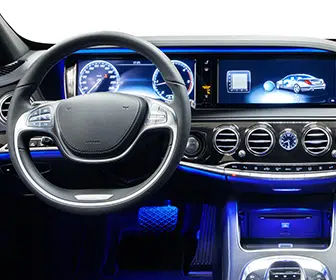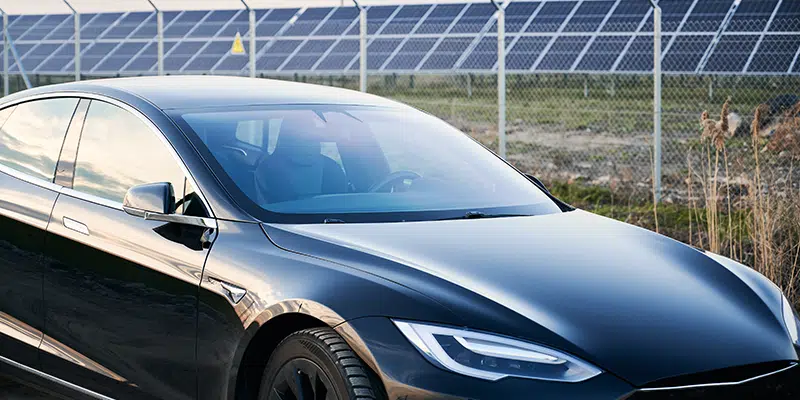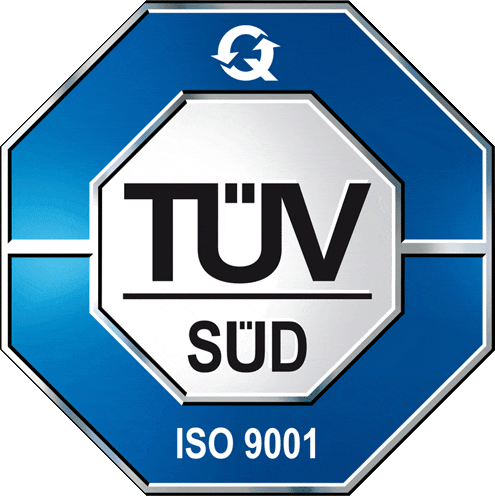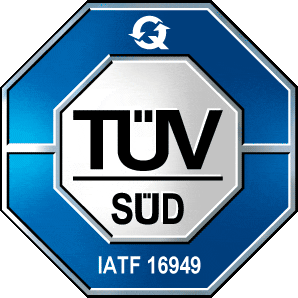If you’re part of the Automotive Industry, you must know that autonomous vehicles are taking an important role in today’s market. Therefore, it is vital to keep updated and look for manufacturing companies that can help you develop quality components with the required standards for an industry with the highest standards.
What are the two key technologies for autonomous vehicles? At ARRK, we have been focusing on Rapid Prototyping and End-to-end Prototyping in Asia, providing state-of-the-art equipment and amazing results for the most important companies around the world, including automotive corporations focused on autonomous technology. Let’s talk more about how we contribute to car parts production.
Autonomous Vehicles: Revolutionizing Transportation

The Autonomous Vehicles Industry is projected to generate $1 trillion in revenue by 2030. This means plenty of opportunities for those who want to become part of this exciting branch of the Automotive Industry. What technology is used in autonomous cars? There are two main types of autonomous vehicle technologies: self-driving cars and automated trucks.
- Self-driving cars rely on sensors, cameras, GPS, and other hardware to navigate roads without human intervention.
- Automated trucks are similar, except they operate at high speeds on highways and freeways.
Self-driving Cars and Autonomous Driving Technology
Autonomous driving technology uses computers and sensors to control vehicles without human intervention. Driverless vehicles have been tested on public roads in various countries around the world, and Google was among the first companies to do it. Other companies currently testing self-driving cars include Uber, Ford and Toyota, among others.
There are two types of autonomous driving systems: active and passive.
- Active systems require constant communication between the driver and the car, while passive systems do not require interaction between the driver and the vehicle.
- Passive systems include LIDAR (Light Detection And Ranging), RADAR (Radio Detection And Ranging), and Ultrasonic Sensors. These sensors detect objects around the vehicle and help the computer decide the best way to navigate the environment.
The automotive sector is highly competitive, and manufacturers constantly strive to improve their processes and reduce costs.
With the advent of 3D printers, companies across industries are now using them to manufacture custom parts and components. From Aerospace to Medical Devices, these machines are changing the way things get done. They allow for faster prototyping and lower costs compared to conventional methods such as Die Casting and Injection Molding and Tooling.
At ARRK, due to our highly competitive and precise 3D Printing Service in Asia, we have been part of the prototyping industry for many years, developing a wide variety of parts and components, making this an advantage among other manufacturing companies.
Our End-to-end Prototyping in Asia approach covers all production needs. Our team can help make your idea a reality, either by improving the quality of self-driving technology or testing out the functionality of prototypes. Contact our experts today to learn how we can help your company be part of the future of autonomous vehicles.







